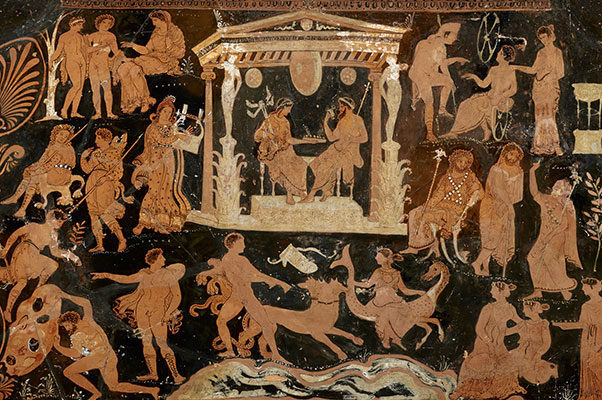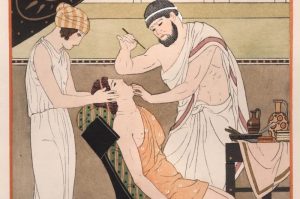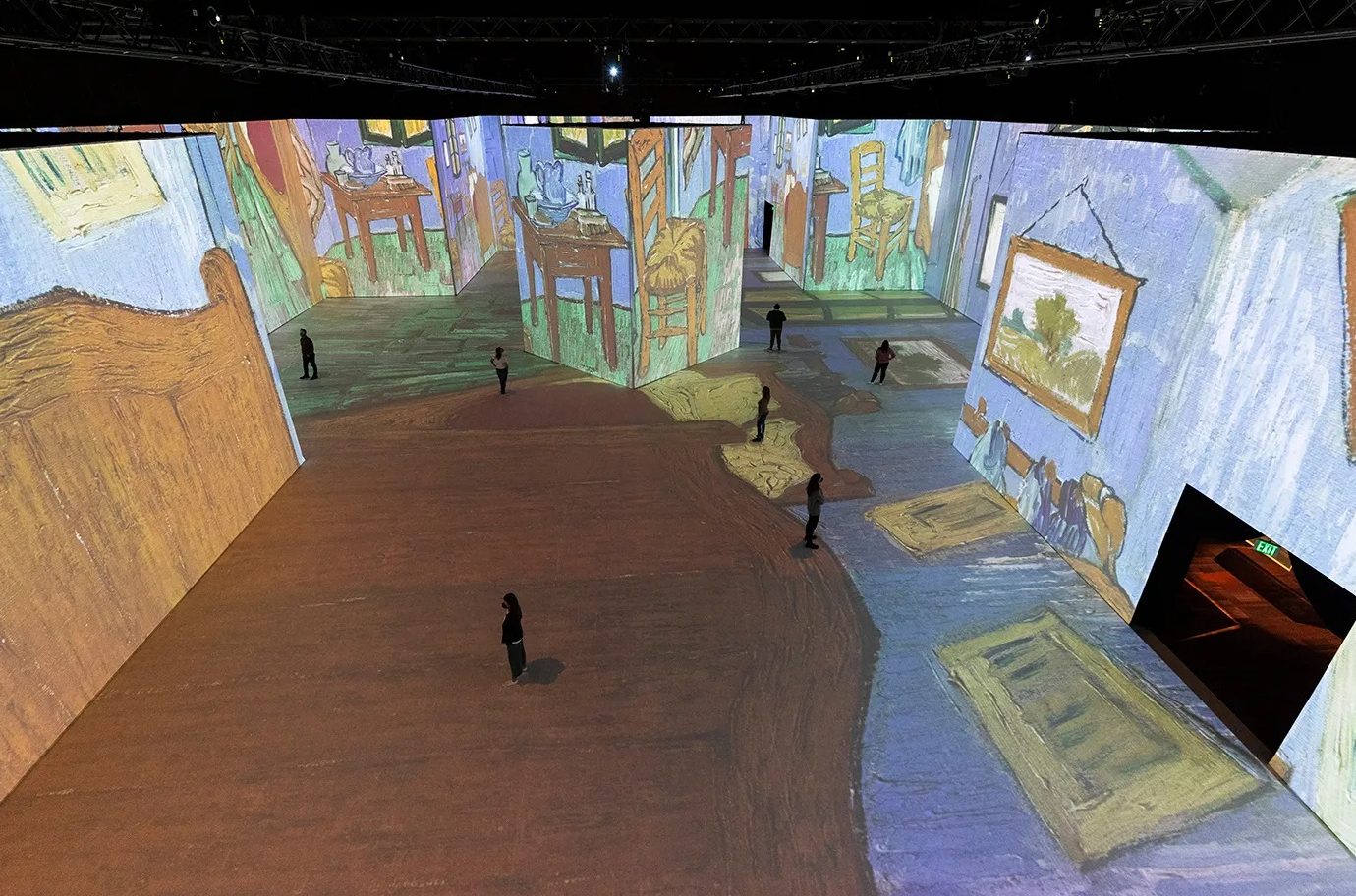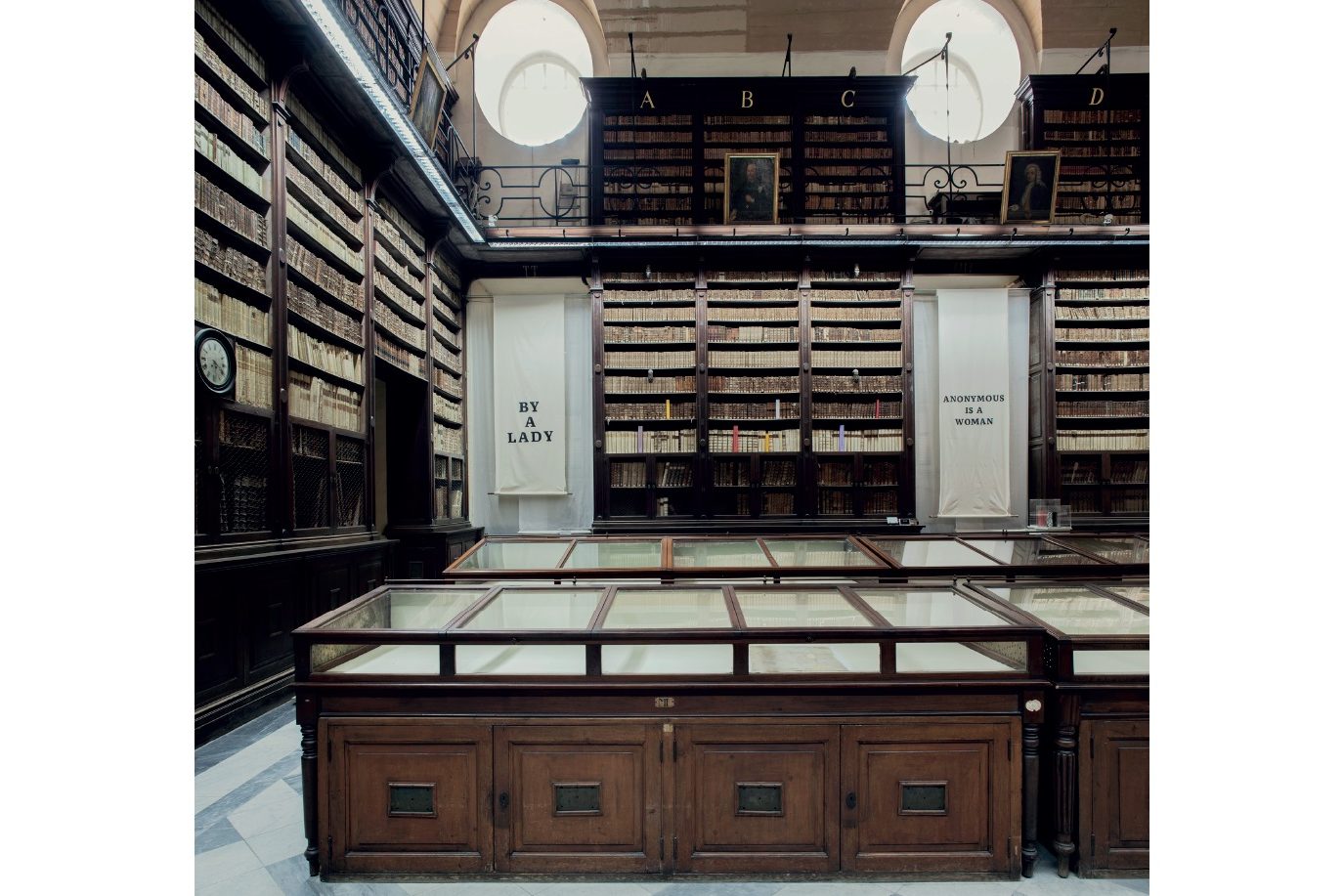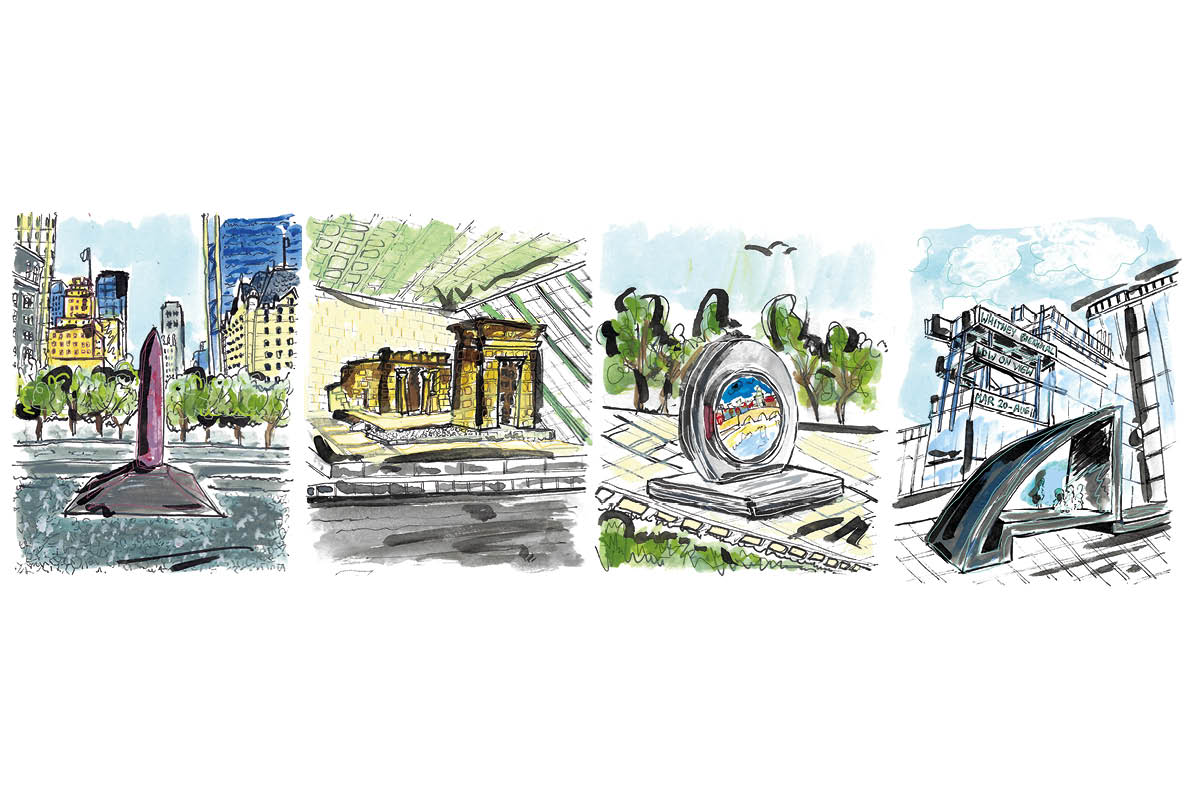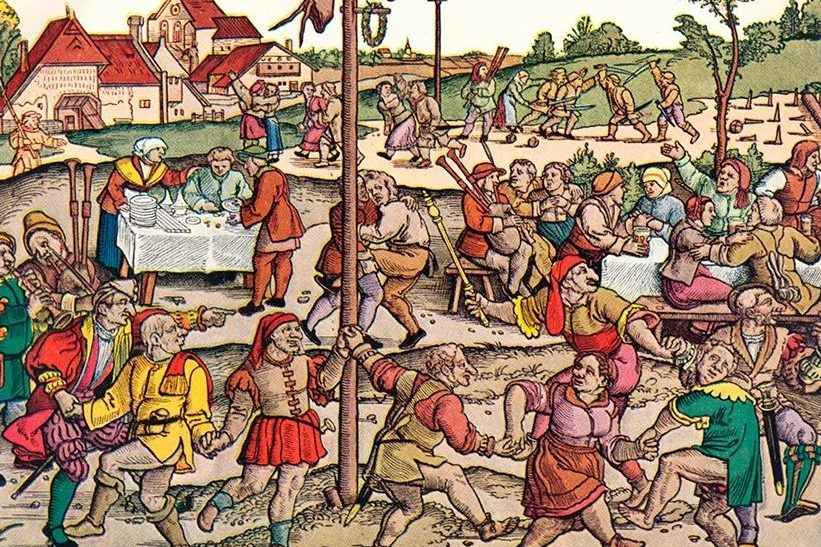As the old year dies, our thoughts turn to what happens next. What better time, then, to cast a seasonally morbid, deeply philosophical, and curiously uplifting pod with David Saunders of the J. Paul Getty Museum in California? The Getty Villa’s new exhibition, Underworld: Imagining the Afterlife is all about ideas of what happened next if you died as an Ancient Greek.
The Greeks thought of the Underworld, or ‘House of Hades’, as a bleak and somber location, defined by the absence of life’s pleasures. Not surprisingly, this Hotel California of the soul was a rare subject in Greek art. And, not surprisingly, the prospect of a one-way ticket on Charon’s ferry encouraged many Greeks to plan ahead, in the hope that they might improve conditions. The whole subject, like most topics when it comes to the ancient Greeks, seems confused. Most Greeks believed that their souls would leave their bodies after death, and would continue to exist in some form. But they did not expect a posthumous accounting of rewards and punishments for for good and evil acts. To ensure perpetual torment, you had to do something terrible — offending the gods, for instance. To obtain eternal paradise, you needed powerful connections, like being related to the Olympian gods. Still, mortals did their best to improve their odds.
As David Saunders relates in this fascinating and not-at-all depressing podcast, you could enlist in the Eleusinian Mysteries, the religious rituals whose mysteries remain, the scholars say, mysterious. You could also join your local Orphic cult, and take the tablets. That meant you would sail into the afterlife with an exquisitely delicate gold tablet on your chest, a sort of posthumous passport which was dedicated to Orpheus who, in the myth, enters the Underworld to retrieve Eurydice, but looks back as they leave, thus bungling the rescue operation. Your tablet described your mortal merits, and it also carried some useful instructions for negotiating the passageways of the Underworld.
The centerpiece of the Getty exhibition is a funerary vessel, a massive, human-sized urn from Altamura in Sicily, decorated with multiple scenes from myth. It is on loan from the National Archaelogical Museum in Naples. The Getty have got out the superglue and paintbox, and restored the urn to something approaching its original, miserable splendor. While Athenian painters tended to go for a single figure, often Sisyphus, rolling his mortal rock up the hill of life, the artists of southern Italy tended to go for complicated group scenes of this kind. As to why, your guess is as good as the scholars’ theories. So it went with the ancient Greeks, and so it goes with the afterlife; you never know when you might need one. As Plato said, people ‘dismiss the stories told about what goes on in Hades’, until it looks as though they might be visiting.
If, like Orpheus, you feel like visiting Underworld, the exhibition remains on view at the Getty Villa, Pacific Palisades, California until March 18, 2019. Remember to take your tablets, because it may feel like eternity.



